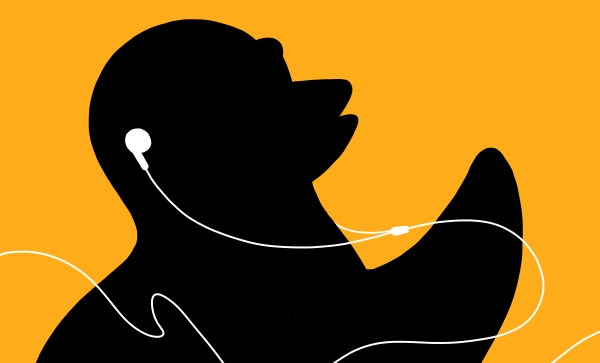We had the opportunity to add a new feature to our lineup: the FLOSS Weekly podcast. It’s a very long running series that covers the goings on in the free, libre, and open-source software world. It’s been co-hosted by our own [Jonathan Bennett] for quite a while now, and when This Week in Tech announced that they wanted to cancel it, [Jonathan] asked if he could keep it running over here at Hackaday.
Hackaday is hardware, though. Why would we be hosting a podcast on open software? It’s no secret that a bunch of us are open-source software fans in general here at Hackaday, but take a quick inventory of the various open projects that you use to make and hack your hardware. We use open-source compilers, libraries, and flashing tools to handle the firmware we write on open-source text editors. Heck, half of the time we even program microcontrollers in the open-source MicroPython. We design PCBs in the open-source KiCAD, do CAD/CAM in FreeCAD, and don’t even get me started in the open-source software and firmware underlying the entire 3D printing ecology. Reverse engineering? Free software, from Wireshark straight through to Ghidra.
All of this is to say, that even while we’re making or breaking hardware, we’re using open-source software to do it. So, if you’re interested in peeking behind the curtain, give the FLOSS Weekly a listen.



















